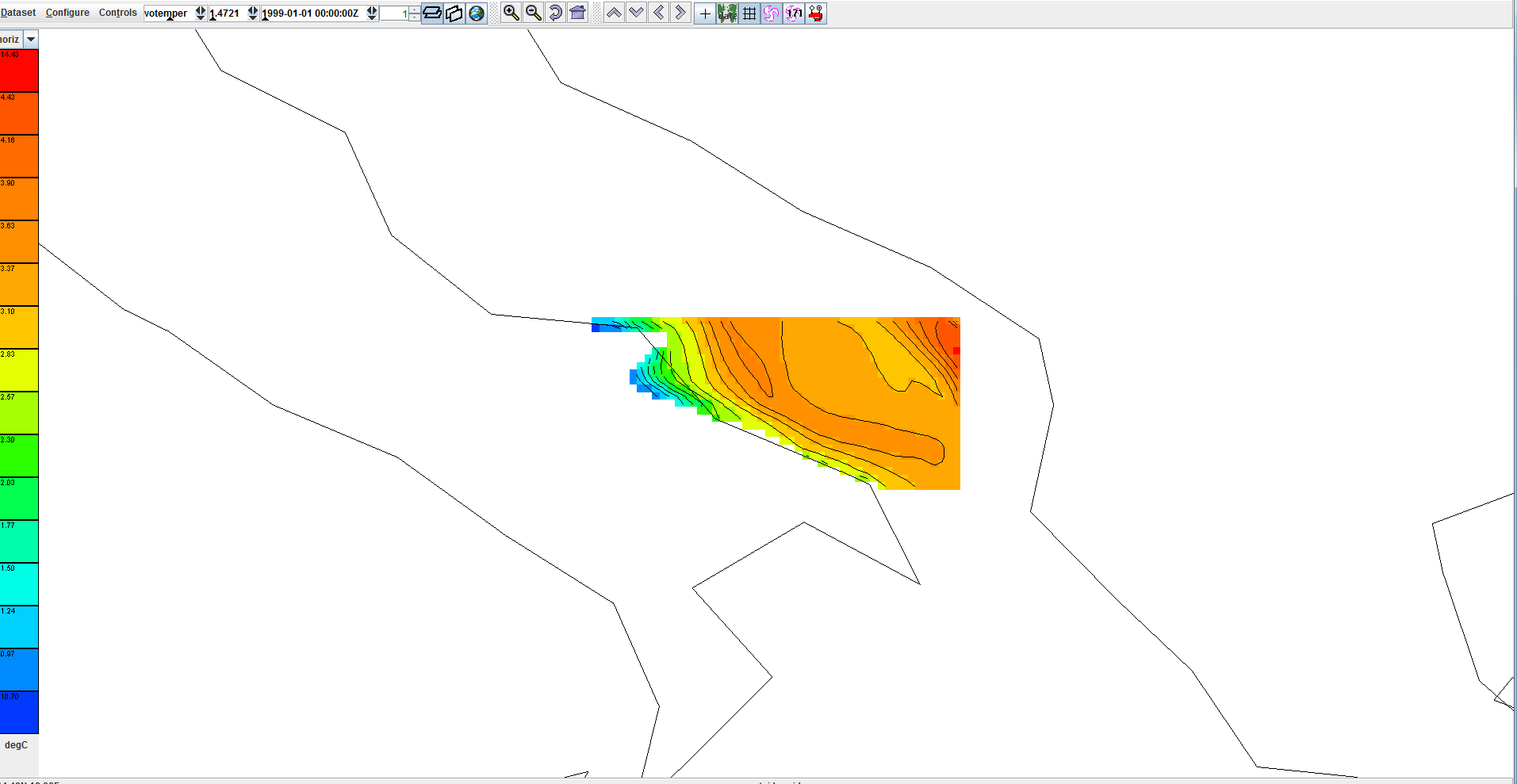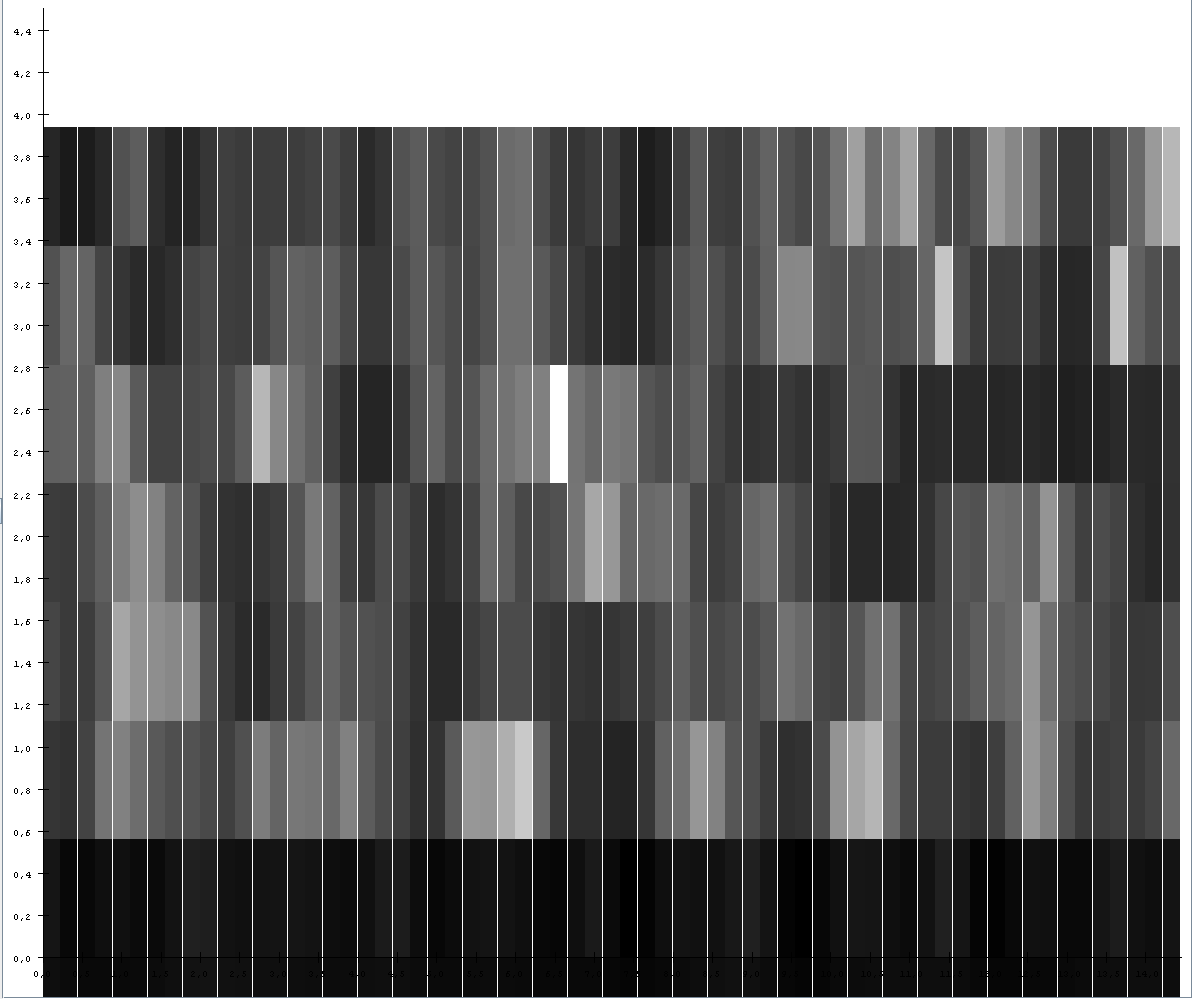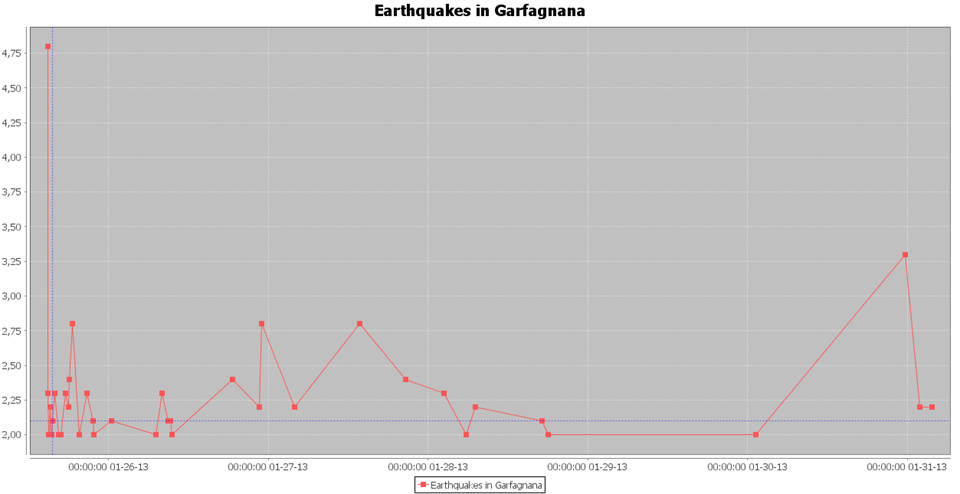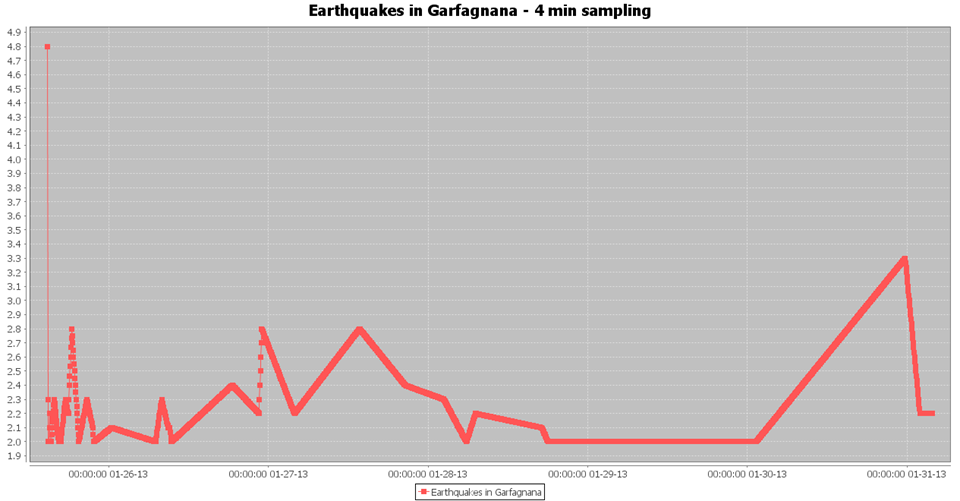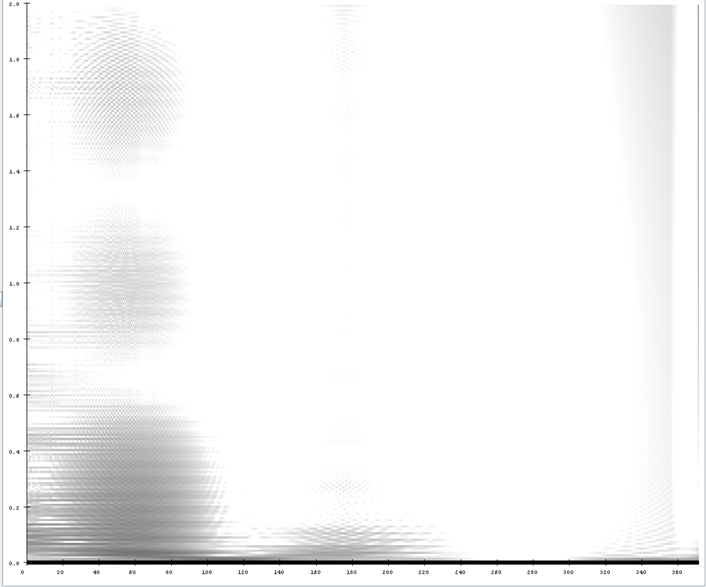Difference between revisions of "Signal Processing"
| Line 1: | Line 1: | ||
| − | Signal Processing is a set of facilities that aim to analyze signals, or measure time-varying or spatially varying physical quantities. It is part of the gCube system facilities for Data Mining and Processing. It is especially used in order to to discover seasonality and | + | Signal Processing is a set of facilities that aim to analyze signals, or measure time-varying or spatially varying physical quantities. It is part of the gCube system facilities for Data Mining and Processing. It is especially used in order to to discover seasonality and periodicity in time series of observations. Such observations can refer to catch statistics, species presence occurrence or environmental parameters modulations. The Signal Processing facilities are included in the '''Ecological Engine''' gCube library. Such library is responsible for hosting all the basic data processing and mining for on biological and environmental datasets. |
The Signal Processing facilities especially aim at facing the following issues: | The Signal Processing facilities especially aim at facing the following issues: | ||
* Reconstruct a uniform sampled time series from a non-uniform time series | * Reconstruct a uniform sampled time series from a non-uniform time series | ||
| Line 7: | Line 7: | ||
== Overview == | == Overview == | ||
| + | Signal Processing is used in many ways by the gCube based e-Infrastructures. GIS layers, containing geographical information, can report the variations of some environmental parameters in time. Information can be stored in NetCDF files as well as on remote GeoServers. Geographical maps can contain information about environmental parameters distribution or species distributions, but these are usually not uniformly defined. At some point, in time and space, values can be missing. For such reasons, data mining techniques are put together with Signal Processing facilities by the '''Ecological Engine''' library, in order to fill the gaps, reconstruct signals and produce time-frequency analysis. | ||
== Features == | == Features == | ||
| − | + | The features supported by the Signal Processing facilities include: | |
| − | + | ||
| − | + | * signal reconstruction: rebuilds a time series which is not uniformly sampled in time; | |
| − | + | * spectrogram calculation and display: produces the spectrogram of a signal with the Short-Time Fourier Transform technique, according to a certain sampling frequency and time-window shift; | |
| − | signal | + | * multi-signal analysis by means of summed spectrogram: analyzes several synchronized signals and produces a spectrogram which is the sum of the single spectrograms; |
| − | multi-signal analysis by means of summed spectrogram | + | * delta + double delta features: produces the delta and double delta features, correlated to the first and second derivative of the signal; |
| − | + | * center frequency calculation: calculated the central frequency in a filterbank; | |
| − | delta + double delta features | + | * cepstral coefficients calculation: calculated the cepstral coefficients of a signal, which store much of the information contained in the signal; |
| − | center frequency | + | * spectrum frequency band cut: cuts the signal spectrum according to a certain bandwidth; |
| − | cepstral coefficients | + | * filterbanks: produces a filterbank for filtering the signal; |
| − | spectrum frequency band cut | + | * mel filterbanks: builds a perceptually inspired filterbank based on the mel frequencies distribution. |
| − | filterbanks | + | |
| − | mel filterbanks | + | |
These are accompanied by the following transformation utilities: | These are accompanied by the following transformation utilities: | ||
Revision as of 12:20, 3 May 2013
Signal Processing is a set of facilities that aim to analyze signals, or measure time-varying or spatially varying physical quantities. It is part of the gCube system facilities for Data Mining and Processing. It is especially used in order to to discover seasonality and periodicity in time series of observations. Such observations can refer to catch statistics, species presence occurrence or environmental parameters modulations. The Signal Processing facilities are included in the Ecological Engine gCube library. Such library is responsible for hosting all the basic data processing and mining for on biological and environmental datasets. The Signal Processing facilities especially aim at facing the following issues:
- Reconstruct a uniform sampled time series from a non-uniform time series
- Perform Short-Time Standard Fourier Analysis
- Trace the Spectrogram of a Time Series
- Highlight periodicity in Time Series
Overview
Signal Processing is used in many ways by the gCube based e-Infrastructures. GIS layers, containing geographical information, can report the variations of some environmental parameters in time. Information can be stored in NetCDF files as well as on remote GeoServers. Geographical maps can contain information about environmental parameters distribution or species distributions, but these are usually not uniformly defined. At some point, in time and space, values can be missing. For such reasons, data mining techniques are put together with Signal Processing facilities by the Ecological Engine library, in order to fill the gaps, reconstruct signals and produce time-frequency analysis.
Features
The features supported by the Signal Processing facilities include:
- signal reconstruction: rebuilds a time series which is not uniformly sampled in time;
- spectrogram calculation and display: produces the spectrogram of a signal with the Short-Time Fourier Transform technique, according to a certain sampling frequency and time-window shift;
- multi-signal analysis by means of summed spectrogram: analyzes several synchronized signals and produces a spectrogram which is the sum of the single spectrograms;
- delta + double delta features: produces the delta and double delta features, correlated to the first and second derivative of the signal;
- center frequency calculation: calculated the central frequency in a filterbank;
- cepstral coefficients calculation: calculated the cepstral coefficients of a signal, which store much of the information contained in the signal;
- spectrum frequency band cut: cuts the signal spectrum according to a certain bandwidth;
- filterbanks: produces a filterbank for filtering the signal;
- mel filterbanks: builds a perceptually inspired filterbank based on the mel frequencies distribution.
These are accompanied by the following transformation utilities: linear fequency to mel frequency frequency to index in Short-Time Fourier Transform transformation to and from Rapid Miner Example Set sinusoid signal generation inverse mel calc. sample to time and time to sample signal timeline generation index to time in spectrogram time to index in spectrogram
